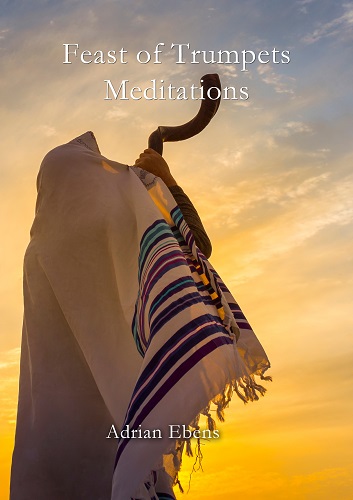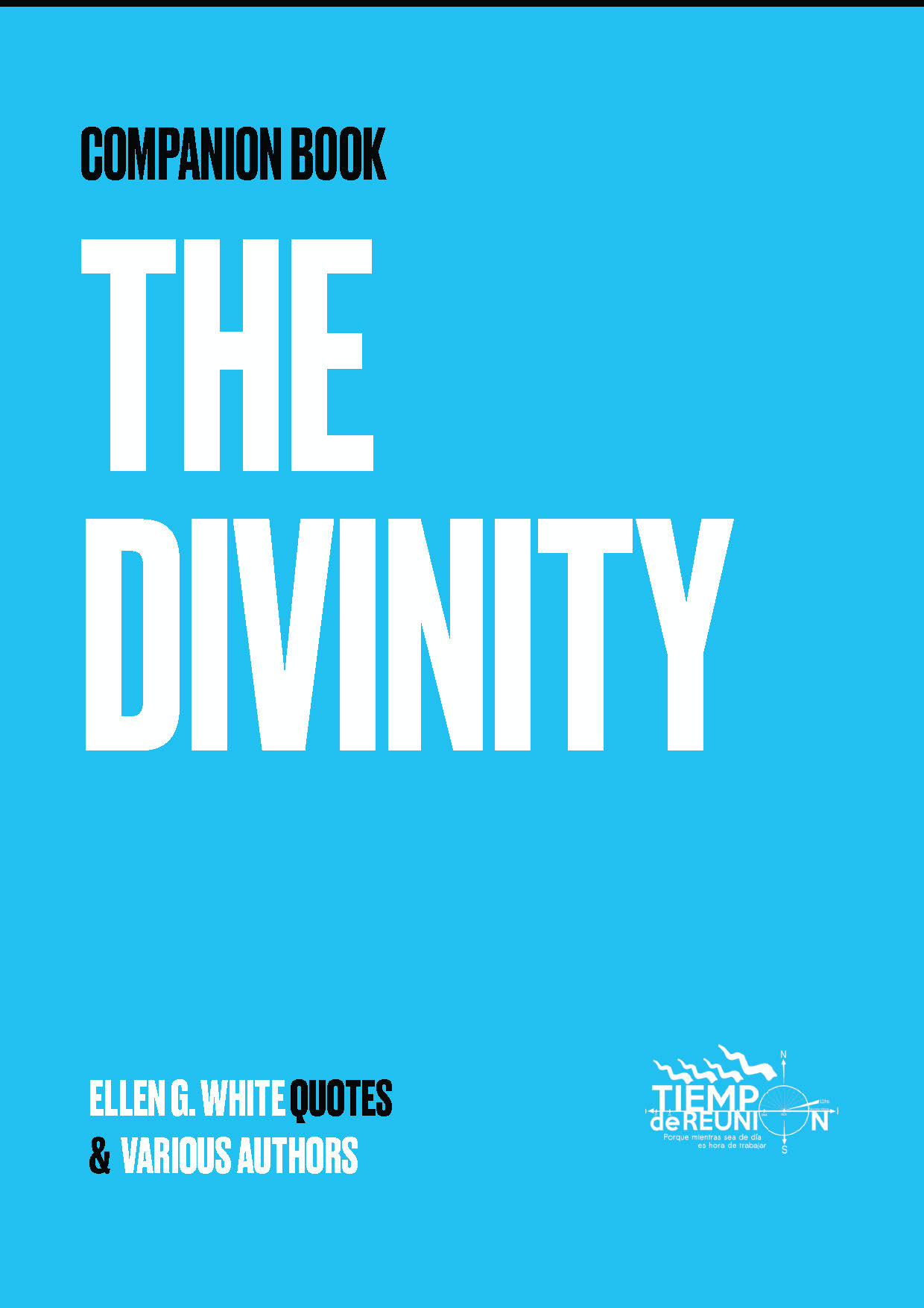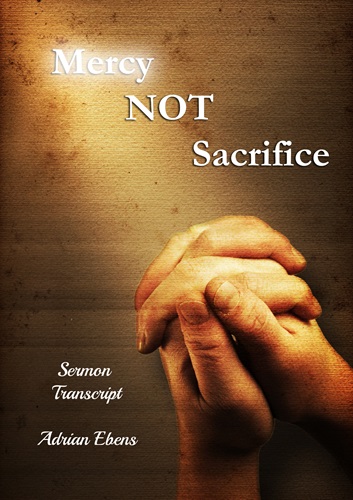Abraham, Sarah and Hagar: An Allegory Part 1
This post is Part 1 of a study of how the Old and New Covenants effect one’s eternal life.
What is an allegory? It is mentioned only one time in the Scriptures in Galatians 4:24. The Strong’s reference number for this Greek word is is #238 (allhgorew, allegoreo, al-lay-gor-eh’-o) and means to speak allegorically or in a figure.
In WEBSTER’S NEW WORLD DICTIONARY, Second College Edition, an allegory is defined as “A story in which people, things, and happenings have a hidden or symbolic meaning: allegories are used for teaching or explaining ideas, moral principles, etc.” Webster provides us with a basic understanding, but let us add to this what Dr. William Smith's 1865 Dictionary of the Bible states:
ALLEGORY—a figure of speech which has been defined by Bishop Marsh, in accordance with its etymology, as ‘a representation of one thing which is intended to excite the representation of another thing;’ the first representation being consistent with itself, but requiring, or being capable of admitting, a moral and spiritual interpretation over and above its literal sense.
An allegory has been incorrectly considered by some as a lengthened or sustained metaphor, or a continuation of metaphors, as by Cicero, thus standing in the same relation to metaphor as parable to simile. But the two figures are quite distinct; no sustained metaphor, or succession of metaphors can constitute an allegory, and the interpretation of allegory differs from that of metaphor, in having to do not with words but things.
In every allegory there is a twofold sense: the immediate or historic, which is understood from the words, and the ultimate, which is concerned with the things signified by the words. The allegorical interpretation is not of the words but of the things signified by them; and not only may, but actually does, coexist with the literal interpretation in every allegory, whether the narrative in which it is conveyed be of things possible or real. An illustration of this may be seen in Gal iv:24, where the apostle gives an allegorical interpretation to the historical narrative of Hagar and Sarah; not treating that narrative as an allegory in itself, as our A. V. (Authorized Version commonly called King James Version) would lead us to suppose, but drawing from it a deeper sense than is conveyed by the immediate representation.
Specifically the experience of Hagar and Sarah is referred to as an allegory of the old covenant and the new covenant in Galatians chapter 4. Paul, in writing to the Galatians, has a most heavy burden on his heart for he had preached the good news (new covenant) to them and now they were being beguiled back into bondage (old covenant) thus being separated from their grasp of eternal life (new covenant). Paul addresses this concern in Galatians 4:22-31,
“For it is written, that Abraham had two sons, the one by a bondmaid (old covenant), the other by a freewoman (new covenant). But he who was of the bondwoman (old covenant) was born after the flesh (old covenant); but he of the freewoman (new covenant) was by promise (new covenant). Which things are an allegory: for these are the two covenants; the one from the mount Sinai (old covenant), which gendereth to bondage, which is Agar (old covenant). For this Agar is mount Sinai (old covenant) in Arabia, and answereth to Jerusalem (old covenant) which now is, and is in bondage (old covenant) with her children. But Jerusalem which is above (new covenant) is free (new covenant), which is the mother of us all. For it is written, Rejoice, thou barren that bearest not; break forth and cry, thou that travailest not: for the desolate hath many more children than she which hath an husband. Now we, brethren, as Isaac was (new covenant), are the children of promise (new covenant). But as then he that was born after the flesh (old covenant) persecuted him that was born after the Spirit (new covenant), even so it is now. Nevertheless what saith the scripture? Cast out the bondwoman and her son: for the son of the bondwoman (old covenant) shall not be heir with the son of the freewoman(new covenant). So then, brethren, we are not children of the bondwoman (old covenant), but of the free (new covenant).” emphasis supplied
Did Sarah and Hagar realize that their life was to be presented as an allegory from that time onward? When we are in the midst of the battles of life are we in tune with the reality that we are not living unto ourselves but that our lives are a lesson book for the universe? Every action, right or wrong, prepares the way for its repetition not only in our lives, but in the lives of those watching or being touched by our life. This should make us stop and realize how each day’s actions could affect many people’s eternal life!!!
gck
Abraham, Sarah, and Hagar, an Allegory Part 2
Abraham, Sarah and Hagar: An Allegory Part 3




